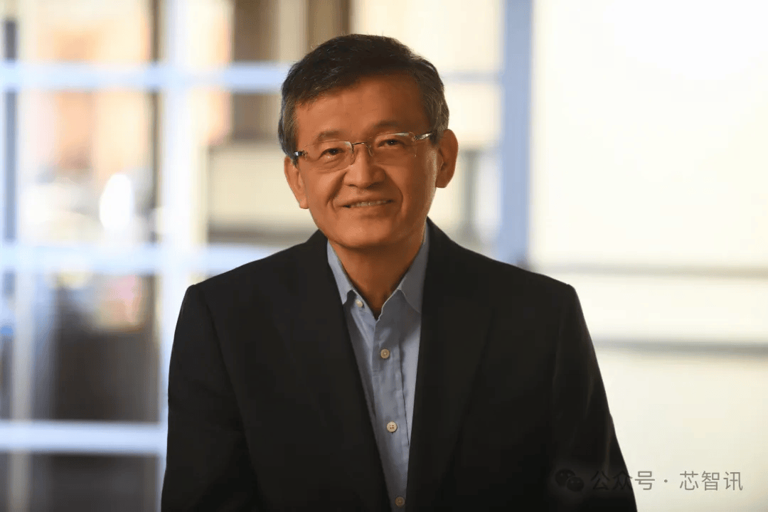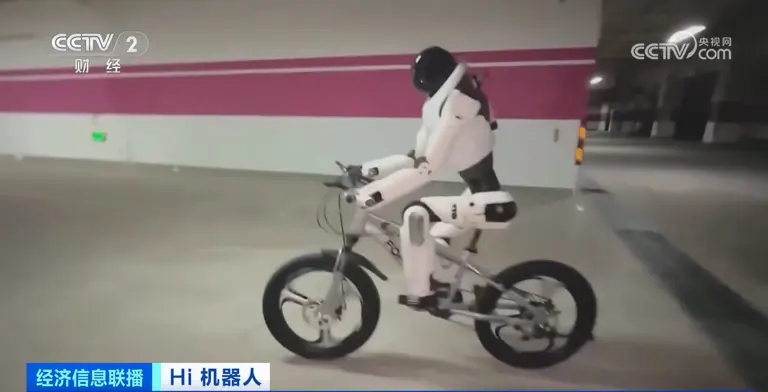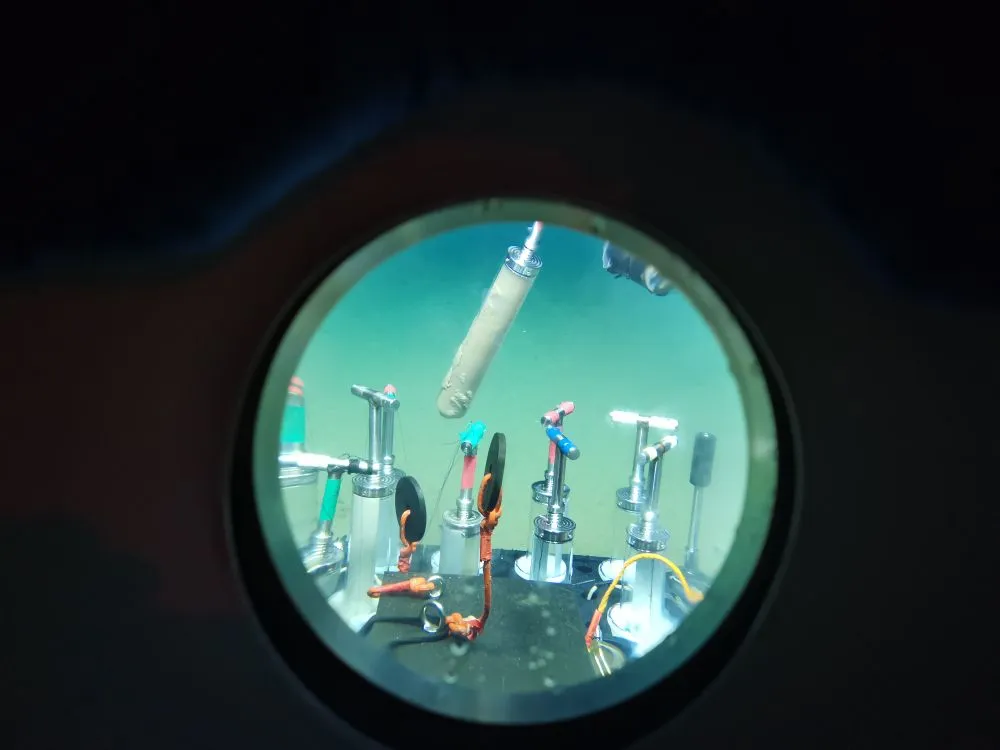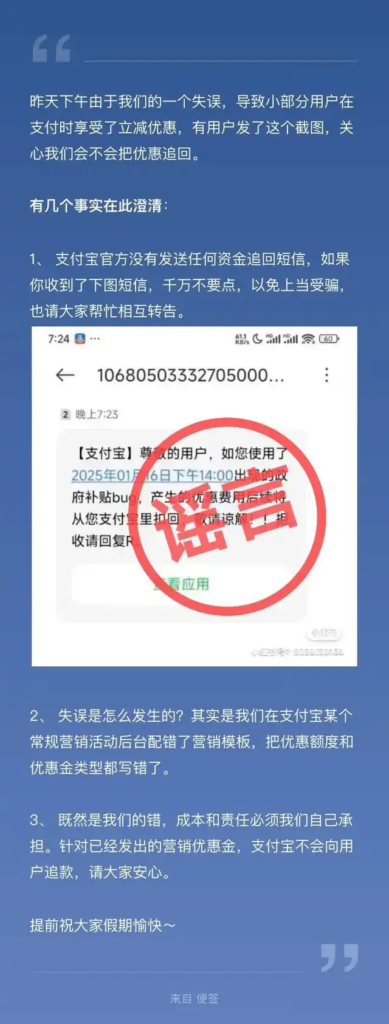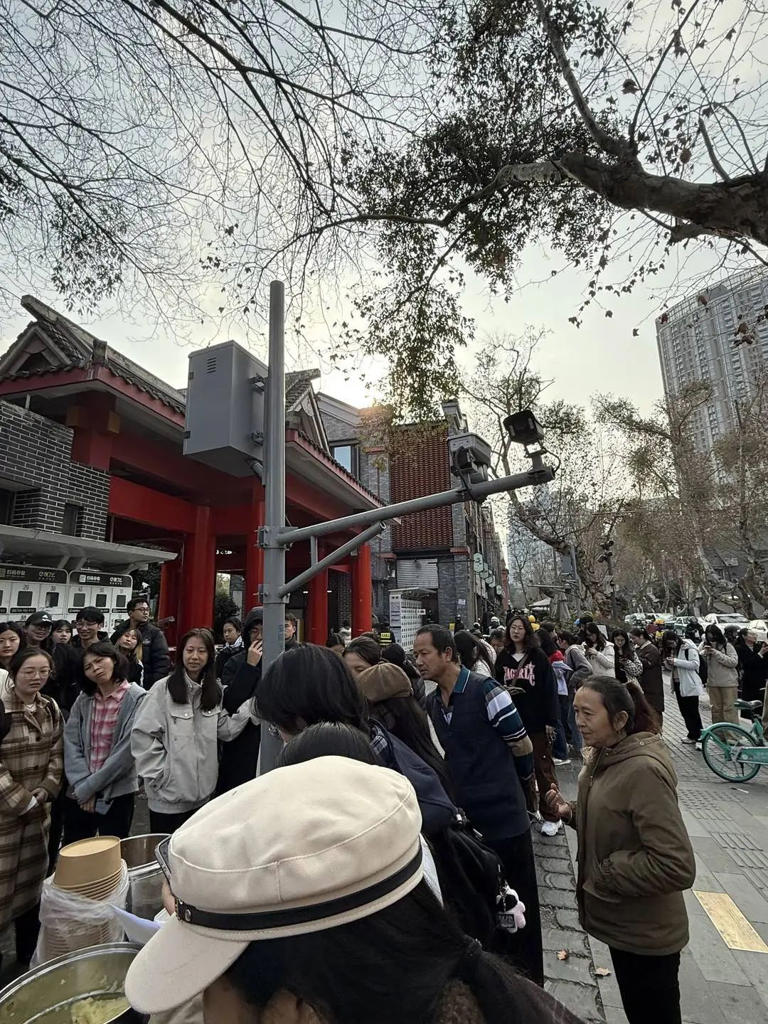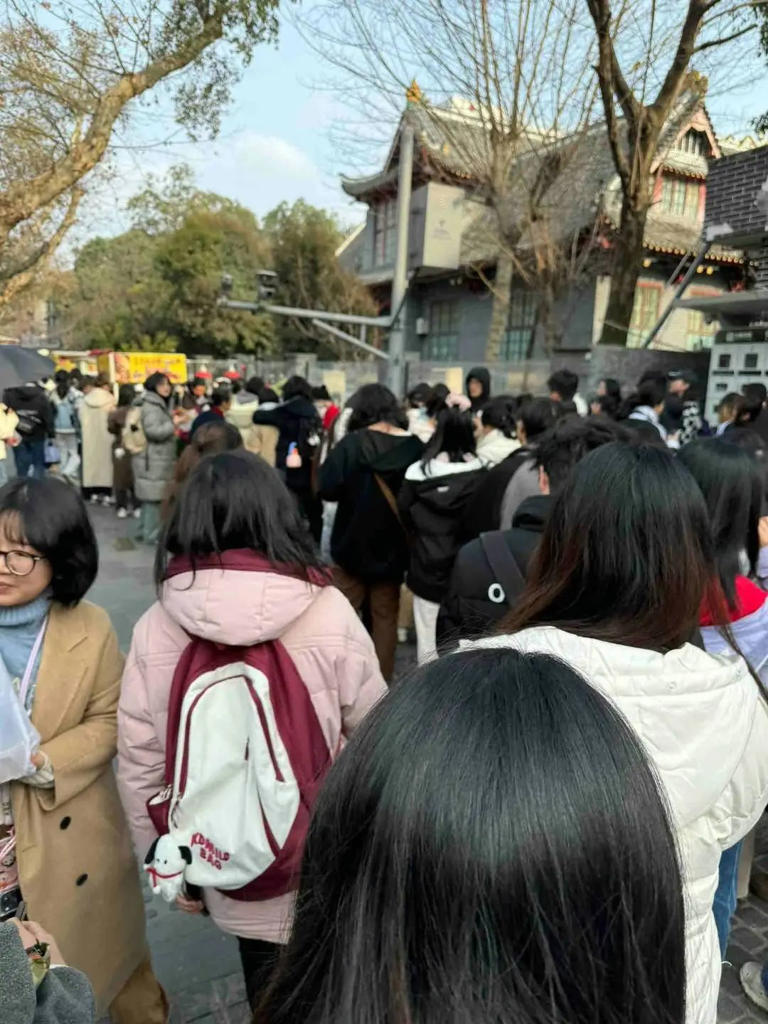On Sunday (February 2), local time, OpenAI released a feature called “deep research” and uploaded a demo video.

OpenAI writes on its website that this proxy function uses inference to synthesize large amounts of online information and complete multi-step research tasks for users. To put it simply, “deep research” takes information from the internet and synthesizes it into a concise report.
Deep research can work for you independently: you give it a hint, and ChatGPT finds, analyzes, and synthesizes hundreds of online resources to create a comprehensive report at the “level of a research analyst.”
It will be powered by a version of OpenAI o3, a model optimized for web browsing and data analysis, using inference to search, interpret, and analyze large amounts of text, images, and PDFs online, and make necessary adjustments based on the information.
OpenAI claims that deep research “can do what it would take humans hours to do in just a few tens of minutes.” Kevin Weil, Chief Product Officer, also mentioned that the tasks it completes can take anywhere from 30 minutes to 30 days for humans.The official website posts some examples of using deep research, such as asking ChatGPT to find out the iOS and Android penetration rates of the top 10 developed countries and the top 10 developing countries by GDP in the past 10 years, and plot this information in a table.In addition, you can find out the name of the episode through three TV clips, count the average retirement age of NFL (National Football League) kickers, provide advice on how to buy skis, and more specialized areas such as medical research and UX design.
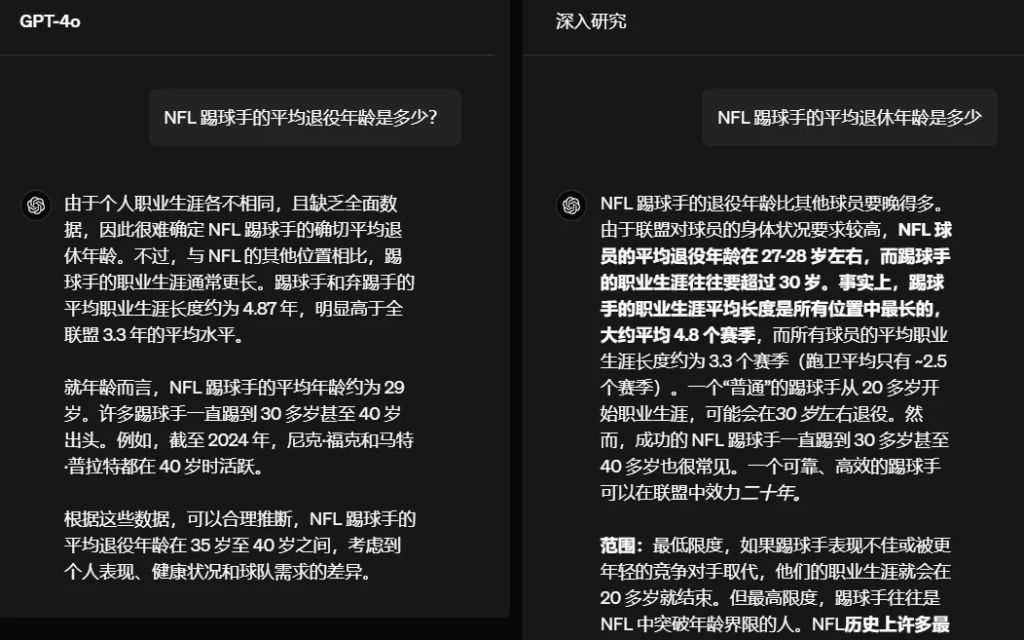
GPT-4o vs. deep researchAccording to OpenAI, deep research is built for people who work in knowledge-intensive jobs in fields such as finance, science, public policy, engineering, and other fields that require comprehensive, accurate, and reliable research. Currently, the feature is already available for Pro users.According to the official website, the model that supports Deep Research has achieved a new high accuracy rate of 26.6% in an expert-level test covering more than 100 disciplines.

 Entering China
Entering China


